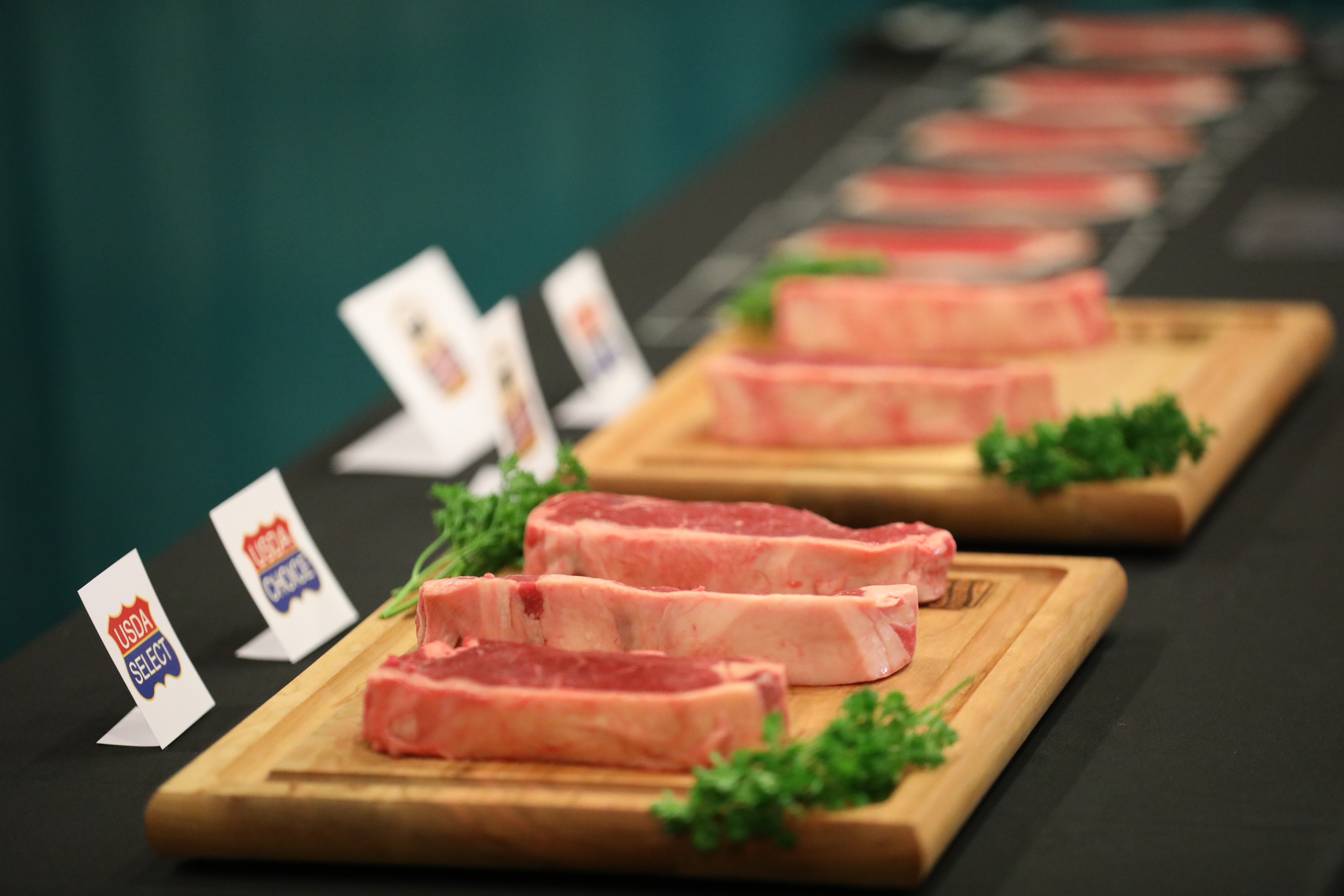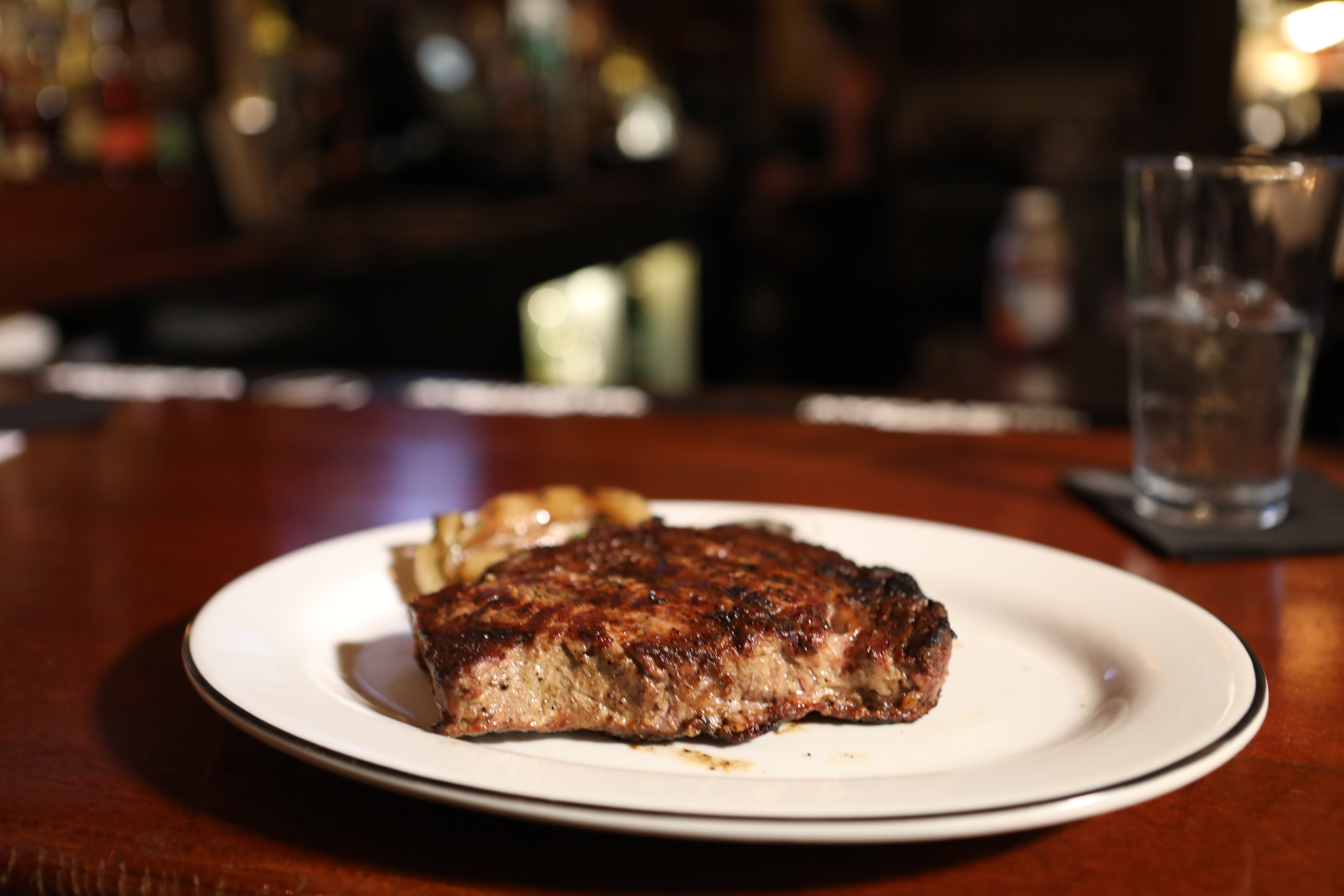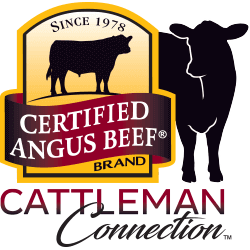
Quality in the price equation
by Miranda Reiman
Feeders bid on cattle by penciling out the highest price they can pay and still maintain a shot at profit. Packers need a certain number of cattle harvested through their plants, bought at a particular price, to stay afloat.
That cost/sales formula follows beef as it continues toward consumers.
Distributors have buying equations down to a science. They must be responsive to supply and demand, because they want to make money but their customers must thrive, too.
“On the front side we’re very strategic,” says Ron Becker, president of Stock Yards, a business unit of U.S. Foodservice, Inc.. The Phoenix, Ariz., distributor watches historical trends, anticipating beef sales so it can forward contract with packers.
“We keep our salespeople on top of what the markets are doing,” he says. That lets them keep customers updated. “We’re constantly coaching on things, like in a tough economy it’s a bad time to lower your quality.”
Sticking with top-quality beef means diners are treated to something special and will make a return visit the next time they spend those shrinking discretionary dollars.
“We’re giving customers information so they don’t get too focused on trying to save five cents a pound by lowering quality, which could hurt their customer’s chances of making a return visit.,” Becker says.
Input cost and sales price only make up part of the profit picture. Any producer who has sold on the grid understands the value of yield, or cutability. That concept is vital to distributors.
“Our job is to merchandise as much of that product as we possibly can,” Becker says, but there is fat and other trim. Since a tenderloin is not a perfect cylinder, but tapers at both ends, for example, it takes strategy to get uniformity.
“I’m not taking the whole tenderloin and cutting it end to end in 4-oz. portions. That would produce very inconsistent steaks,” he says. Instead they’ll market the smaller filets together and the center-cut filets together.
“A 1,300-pound (lb.) animal will give you about 13 lb., or 1%, of tenderloins,” says Mark Polzer, Certified Angus Beef LLC (CAB) vice president. “After you trim it down, take the tail, silver skin and strap off, you’re left with roughly 6 lb. of actually steak product.”
Those are significant yield losses, and there are similar issues with strip loins and ribeyes.
“That’s where the price goes from 85 cents on the hoof, to $5 boneless in the bag to $14 portion-cut in a vacuum sealed package to the restaurant,” Polzer explains. For example, buying a 13-lb. strip loin at $5/lb. from the packer, a distributor then cuts it and ends up with 7.8 lb. Dividing that initial cost by 7.8 lb. shows an actual product cost of $8.33/lb.
“Then there is so much overhead and labor involved. As a result, you end up with a pretty substantial cost,” he says.
Restaurants pay for those services and the expertise in managing yield.
“They’re not paying twice as much because they’re going to throw away half the product,” Becker says, noting they are able to market the “leftovers” from those cuts, too.
“That’s critically important to our profitability,” he says. “Any good meat company is doing everything they can to maximize yield.”

Restaurants also consider cost and the marketplace when setting prices.
“First and foremost, we look at competitive constraints,” says Rick Cassara, owner of John Q’s, in Cleveland, Ohio. “I can’t sell a steak for $40 when the guy down the street is selling the same steak for $25. We’re trying to keep in tune with what the market will bear.”
The analysis includes target demographics and foodservice category, Polzer says, citing five main classes of fine-dining, casual-dining, family-casual, quick-casual, and quick-service restaurants.
“That dictates your pricing structure and to some extent what types of items you purchase,” he says.
John Q’s is in the upper tier, and the price, service and quality of ambiance then trends downward within each category.
The clientele at Cassara’s downtown, fine-dining establishment come from the hotels and businesses in the district.
“We start with the cost of the plate and what we need to mark it up to cover wages and other things,” he says, noting the aim is for an overall food cost of 36% to 37%. So if an item is $30 on the menu, the raw materials probably cost around $11. The vast majority of that input price comes from the center-of-the-plate item, or the protein.
“We add approximately $2 for the cost of other items, including bread and butter, the potato or vegetable and salad,” Cassara says.
That overall percentage is a balancing act, he notes, because beef items are typically the higher food cost.
“It would not be proportionate, or I’d end up running $50 entrees for steaks that just wouldn’t sell,” he says. To counter increases there, beverages are generally marked up to a greater degree.
Polzer encourages businesses to take higher food costs on beef, as Cassara does, because they can still make more gross profit. If a $3 chicken item is priced at $9 (or 3 times the cost), there is $6 gross profit. If a beef item is $5 and listed on the menu as $12, there’s less mark up but still more profit.
“That strategy would encourage sales of the higher profit item,” he says, “plus, satisfaction is generally greater with beef.”
Food cost tends to be highest at fine dining restaurants and lowest at “fast food joints” which typically run at 50%. “They’d have a higher volume go through and the overhead as percentage of sales would be significantly lower for a quick-service restaurant,” Polzer says.

Tile versus carpet, fiberglass booths versus upholstered chairs and hundreds of other details highlight the reason for variability.
“All of those factors contribute to the cost of that ambiance,” Polzer says.
No matter where it’s served, beef can be one of the highest value items and hardest to predict.
“We’re buying and selling fresh seafood every day,” Becker says. “That makes staying on the market fairly simple. Beef, however, is much more complex because we age many of our products for more than 30 days. That means we have to be very strategic with today’s purchases in order to be on the market next month and provide our customers with attractive pricing
Restaurants have to be creative when prices are volatile.
“I can’t change my menu prices every time beef prices go up,” Cassara says. Instead John Q’s tries to feature less expensive items like short ribs or flat iron steaks.
“I’m worried about getting into an inflationary period where you have to evaluate it often,” he says. “I remember the late ’70s and early ’80s where inflation caused us to have to print menus every other month because of pricing.”
In the current economic environment, Cassara is holding prices but offering specials.
“We’re looking at things like a $30 fixed-price meal, where you get an appetizer, entrée with the starch or vegetable and then a dessert, and people seem to like that,” he says. “We’re trying to build loyalty.”
He is not backing away from quality, even though it costs more.
“I’ve never had a Certified Angus Beef ® steak come back because it was tough; maybe over-cooked or under cooked, but never because it was a bad product,” Cassara says. “That’s why we’ll use it and we’re willing to pay more for the ultra-consistency.”
Becker says Stock Yards has been able to maintain sales during this period and he credits a similar approach.
“We want to be known as the company that has fantastic product quality and consistent workmanship that our customers can count on,” he says.
That’s not so different from the quality focus among producers who want repeat buyers for their calves, or feedlots hoping to attract relatively higher bids from packers.
